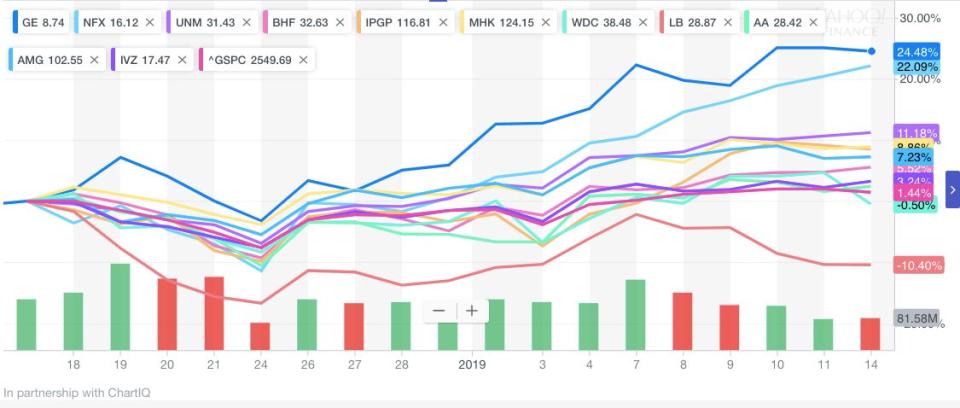The under-appreciated force that intensified market selloff and rebound
There is evidence that December's stock market sell-off and the snapback so far in January can be attributed partly to tax-loss selling.
Usually, December is an excellent month for U.S. stocks. However, it was a different story at the end of 2018 with stocks getting crushed and finishing the year in the negative territory, the first down year since the financial crisis.
In a note last month, Nick Colas from DataTrek explained that tax-loss selling intensified the sell-off. Tax-loss selling is a maneuver money managers make to help clients offset the tax liability from profitable trades by selling money-losing positions. In other words, selling investments at a loss can help reduce that tax bill that comes with realized capital gains.
"Up until December 13th, the S&P 500 had managed to hold onto flat/slightly positive YTD total returns," Colas wrote in a new note. "When it started to break down on December 14th, investors shifted gears and started to sell losing positions to minimize the taxable effect of their Tech stock sales in what was shaping up to be a down year for the S&P."
Colas added that the tax-loss selling "could not have come at a worse time, with illiquid year-end markets unable to soak up the incremental supply."

To further illustrate evidence of tax-loss selling, Colas referred to the 11 worst performers in the S&P 500 (^GSPC): General Electric (GE), Mohawk (MHK), Newfield (NFX), Affiliated Managers (AMG), Invesco (IVZ), Western Digital (WDC), L Brands (LB), Alcoa (AA), Unum (UNM), Brighthouse Financial (BHF), and IPG Photonics (IPGP). Those stocks underperformed the S&P 500 by an average of 156 basis-points, he noted.
“This shows that continued selling all the way into year-end especially hurt their performance,” he wrote.
This pattern has since reversed as the amplified selling appears to have attracted opportunistic buyers.
Those 11 names that were beaten down in December have significantly outperformed the S&P in 2016, delivering an average 9.5% gain through Friday versus the S&P’s 3.6% gain. Some of them are even up double-digits.
“[While] our highlight list of tax loss sellers may have more room to run, their YTD gains is all one can rationally expect from the strategy of buying big losers at year-end,” Colas wrote.
Julia La Roche is a finance reporter at Yahoo Finance. Follow her on Twitter.


